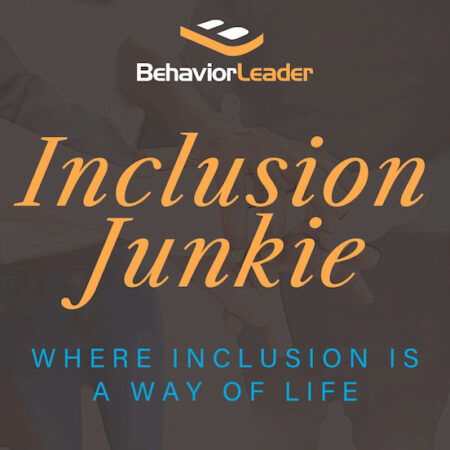Did you know that over 98% of American companies have a diversity program, and the majority of them are failing?
 There are two main reasons for this:
There are two main reasons for this:
Leaders are responsible for setting the tone and the culture within the organization. Recent studies have shown that many company leaders are focused on other priorities and fail to make diversity a top priority. As a result, initiatives may be started, but not well implemented as leaders do not send the message they are important or don’t take the time to ensure they are fully incorporated into culture.
The focus of many diversity initiatives is to increase the diversity of the workforce or to avoid additional lawsuits resulting from discrimination allegations. Unfortunately, when the focus is to avoid a negative outcome instead of how to create a more welcoming and productive workforce, the result is that people will do just enough to avoid the negative outcome, but never fully incorporate the initiative. The other issue with focus is that it is only on diversity – or what the workforce looks like. Companies and initiatives put so much focus on making sure that their workforce is made up of people from every demographic box on the US census, they miss the entire point.
Diversity initiatives that work are those that are focused on creating a workforce that is welcoming to all. The why behind the initiative is that they want to create a culture where new ideas are plentiful, innovation is constant and everyone feels valued. The focus is not on making sure every box is checked, but instead in creating a culture where everyone has an equitable seat at the table.
From a behavior analytic viewpoint, diversity is about what it looks like – diversity is a measure of who is sitting at the table. Inclusion; however, is the behavior behind the initiative. Inclusion is the actions that leaders and employees take to make sure that everyone is seated comfortably at the table. Inclusion focuses not on making sure boxes are checked, but instead that when new faces come to the table, they are seated with enough room, comfort, and the necessary resources to participate. Inclusive cultures are focused on building value for each and every person in the workforce.
The secret to successful initiatives? Start with the individual. Leaders who take the time to know the strengths, preferences, and goals of their followers can better serve them and ensure they are included as a valuable team member. Taking the time to get to know your followers also sends the message that they are important and valuable to the company, further increasing their belonging and investment in the company.




